Creation Myths: On Vipin Vijay’s Anthropocene Relooked
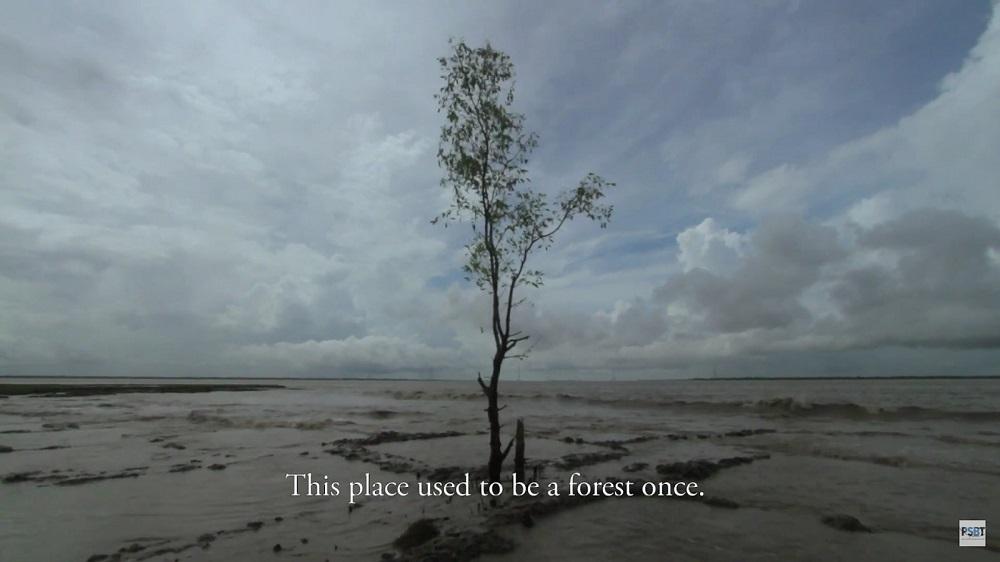
Many of the concerns expressed in Vipin Vijay’s small-scale societies can be traced to the documentary essay he made prior to it, titled Anthropocene Relooked. The big questions about civilizational beginnings and their difficult existence in our besieged contemporary moment find a clearer statement of purpose in this earlier film. Vijay’s reflections in this instance are provoked by his journey to Ghoramara, an island in the Sundarbans that is fast shrinking due to the direct effects of erosion and global warming-induced rise in sea levels.
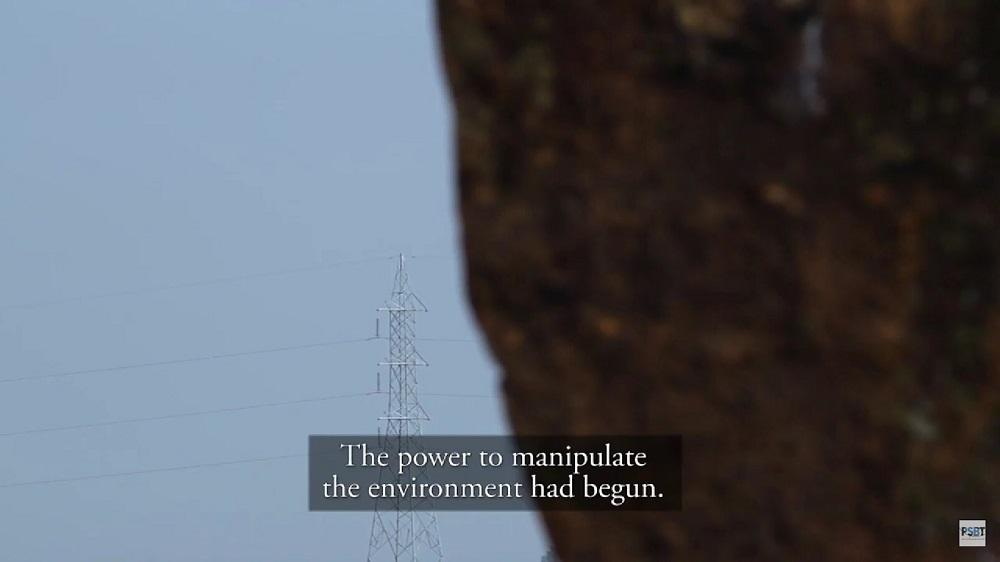
The case of Ghoramara has attracted the attention of climate change activists, who frequently suggest ways of relieving the island through construction works or encouraging the people to migrate safely before the land is endangered further. Since 1969, the island has shrunk to about half its size, thereby giving rise to a steady stream of climate refugees. Vijay’s essay-film incorporates a few ethnographic forays into charting the use of the land made by the people of the island: Building embankments, keeping a market and school running—all efforts are made to retain the normalcy that habitation on a stable land encourages. However, every gesture seems to be marked with the possibility of death and imminent disappearance. In the marketplace, there is a shop selling shoes and slippers shrink-wrapped in plastic, which leads Vijay to say: “It is a curious sight at night to see this shop in the island. The showcase of new rubber slippers are encased within the glowing plastic-like taxidermied remains of unknown insects or mushrooms. They look like fossils after the future deluge, as their remains would be lying scattered within the sticky mud beside the desperate footprints of the Homo sapiens”.
Ethnography isn’t the ultimate motive of the film, as much of it is a poetic recovery of a narrative of struggle. The people in this film are not the usual, anthropocentric protagonists shocked out of their complacency in a disaster film; instead, they’re presented as the bearers of a lost cultural archive of living in a deltaic confusion of land and water. Poetic myths are resurrected and memories of the past revived, as people talk about how sparse the surrounding forests have become over the last century. The human concept of “disaster” is insufficient to comprehend the true spirit of this tragedy, as Vijay suggests, even if it is able to produce a romantic picture of futile resistance.
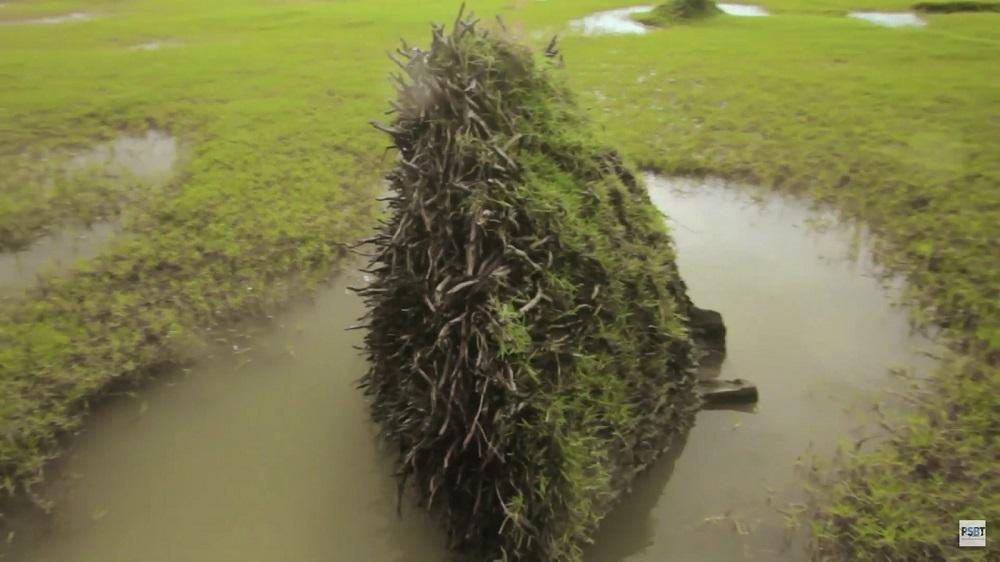
Tushar Kanti Haldar is the resident poet and singer of Ghoramara. Vijay’s picks up a note of nostalgia in his voice, and then pride at his certificates of recognition, but not quite despair at the fate of the island. In his song, Ghoramara is his “mother” plunged into grief as the tides engulf her banks and snatch her sons away. A way of life is organised around an economy that can account for the steady drip of every day loss. With such sparse tools, Vijay begins to revisit some of the creation myths of our past, such that words like “deluge” and sacrificial goats acquire biblical overtones. A step towards disaster in a fast-disappearing land that still holds memories of expressive Shiva gaajan pageants, is also a step towards the newness of creation.
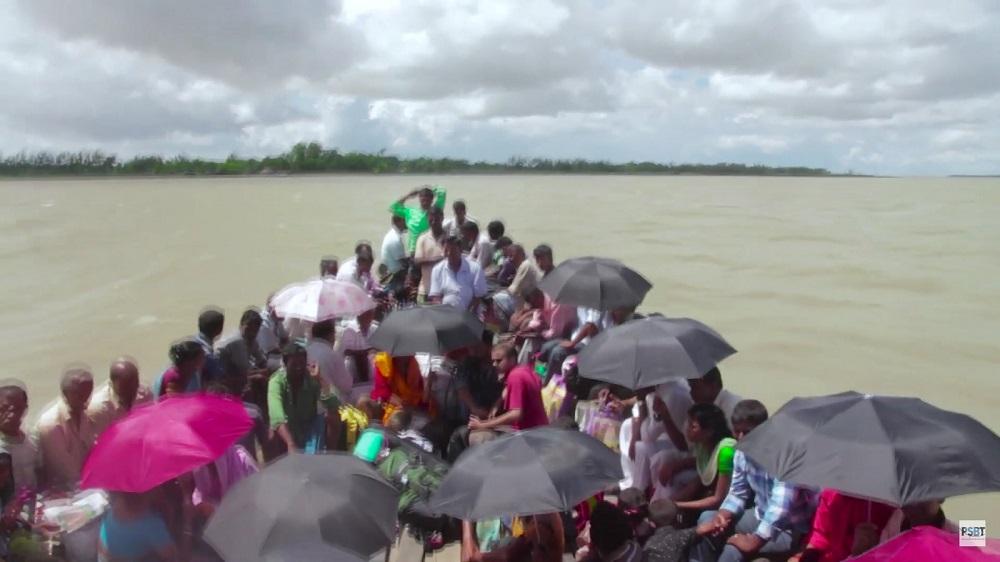
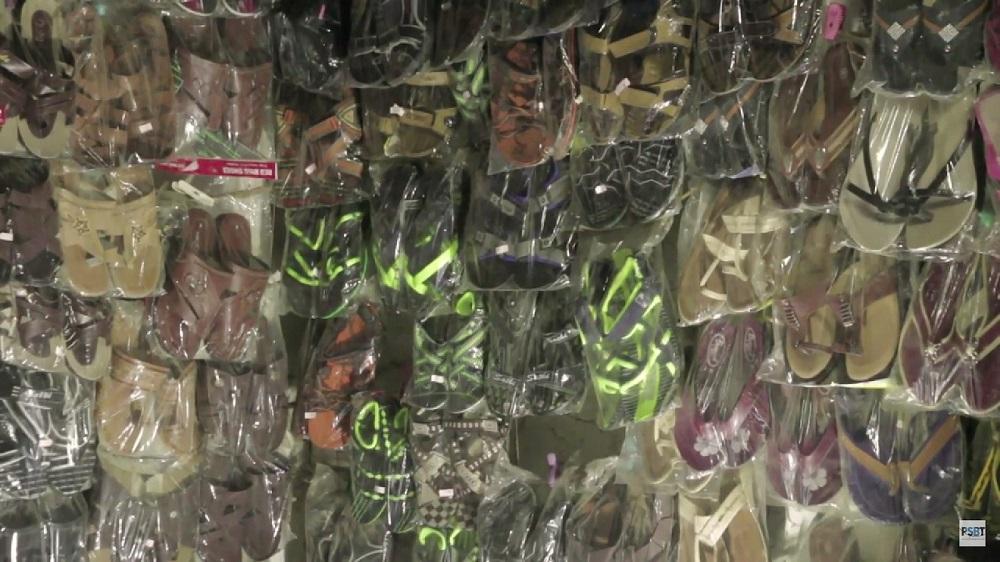
All images from Anthropocene Relooked by Vipin Vijay. 2018.




